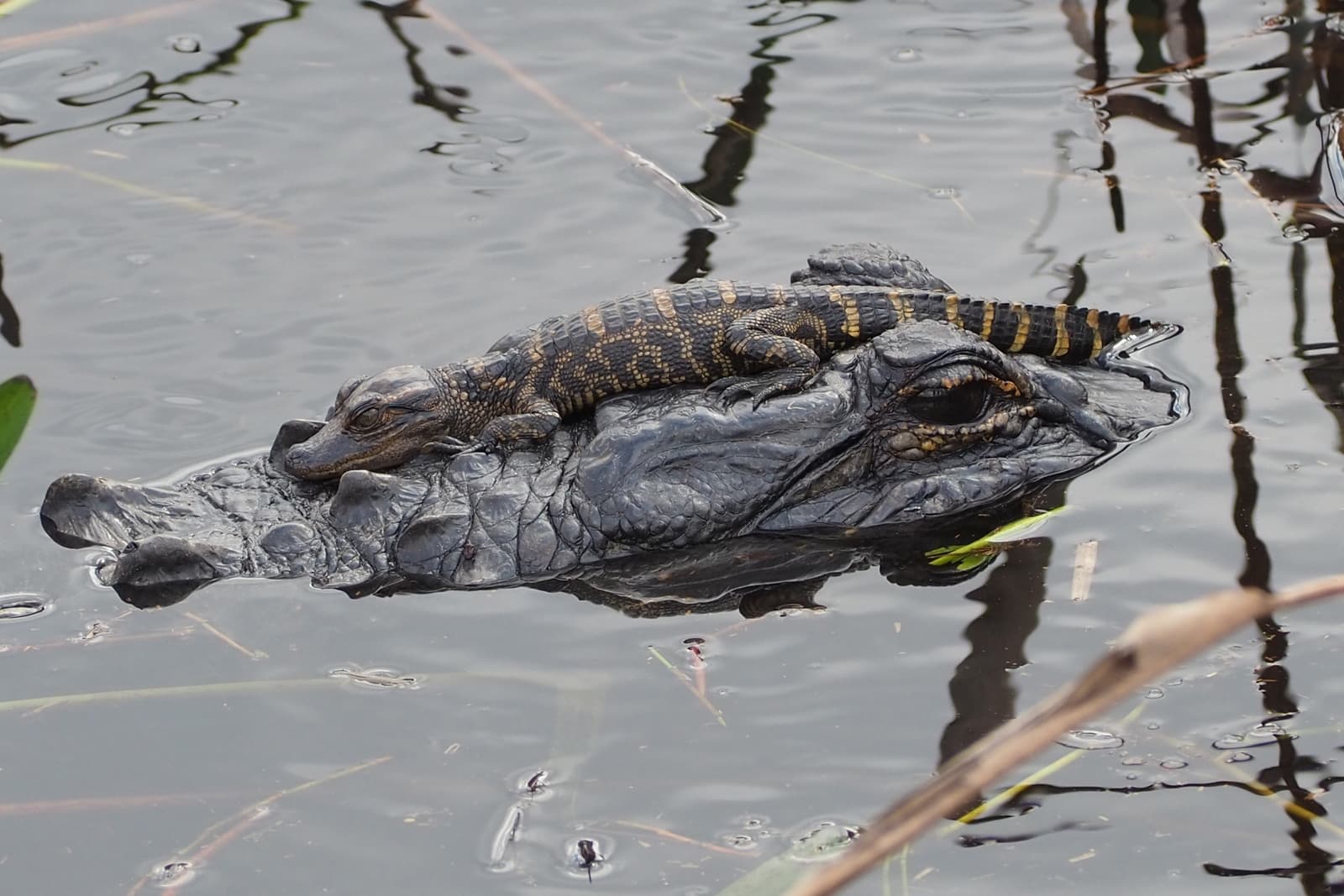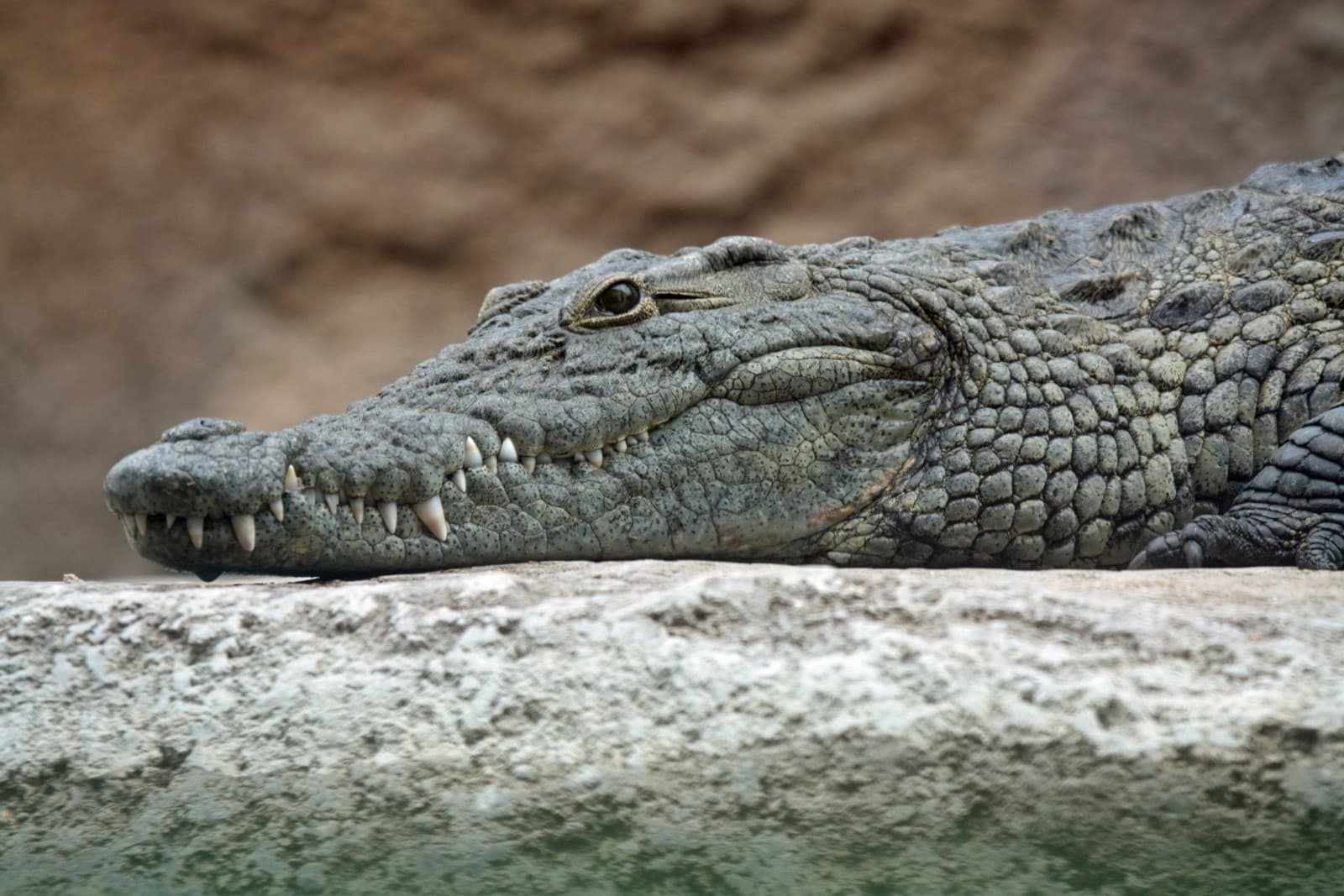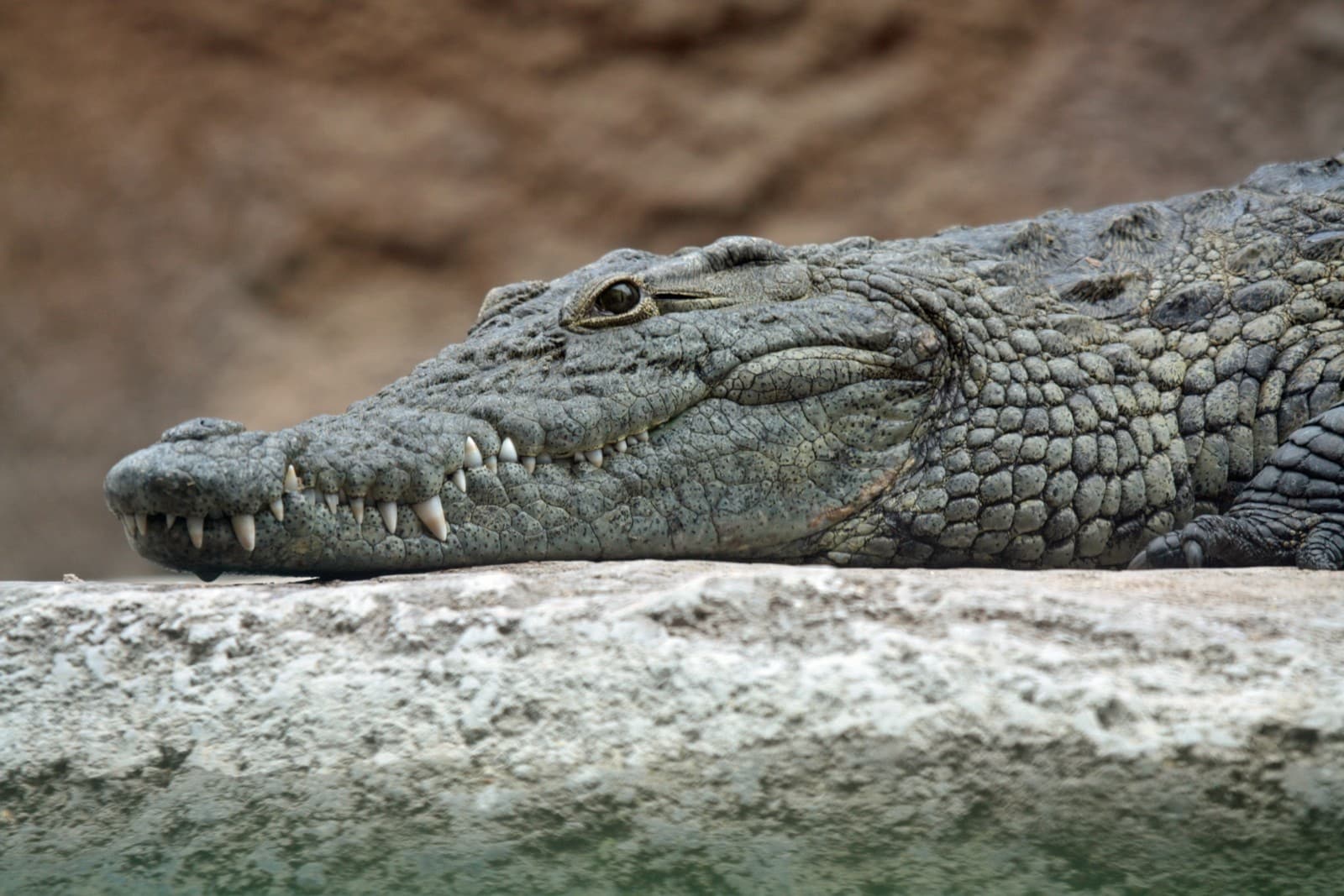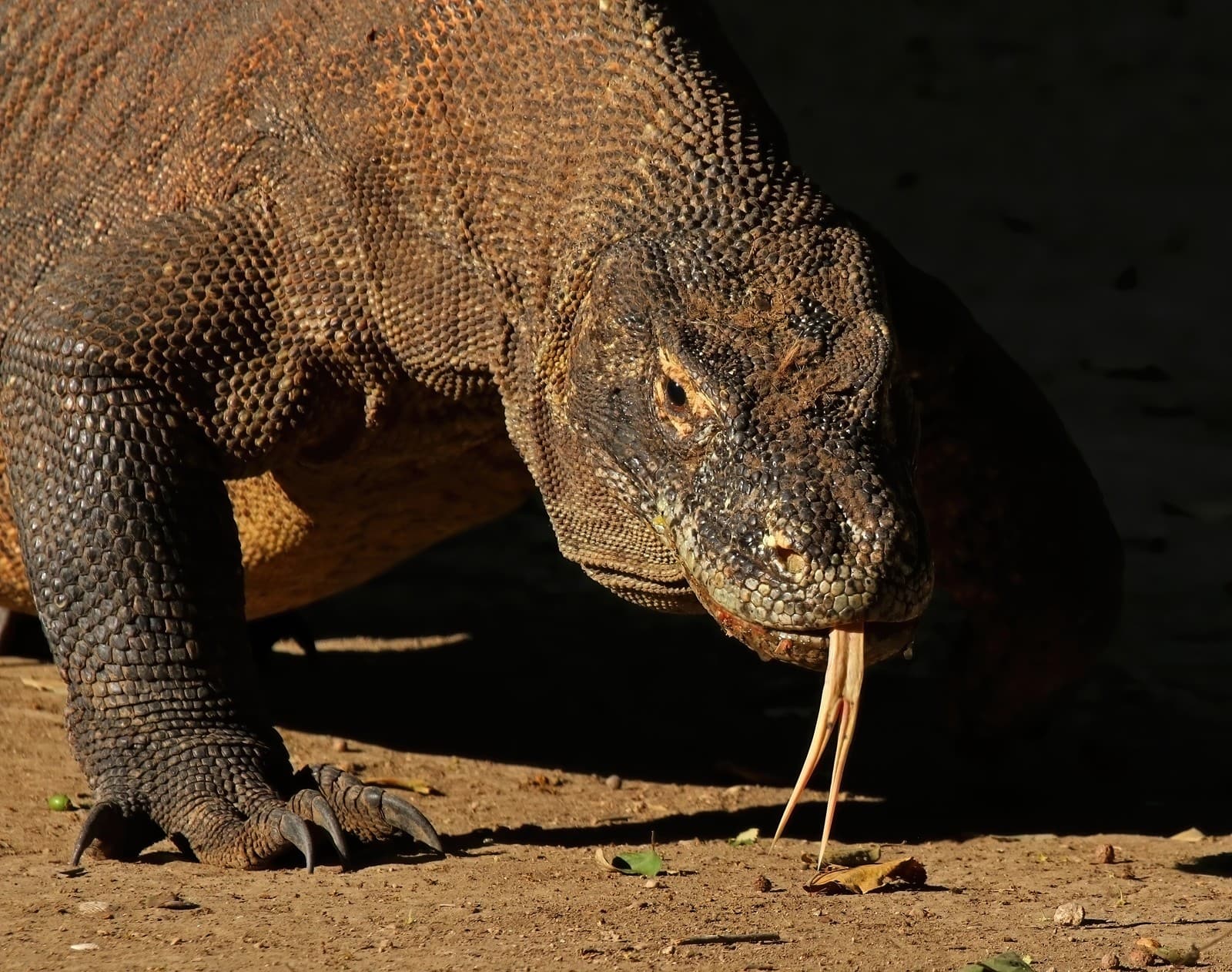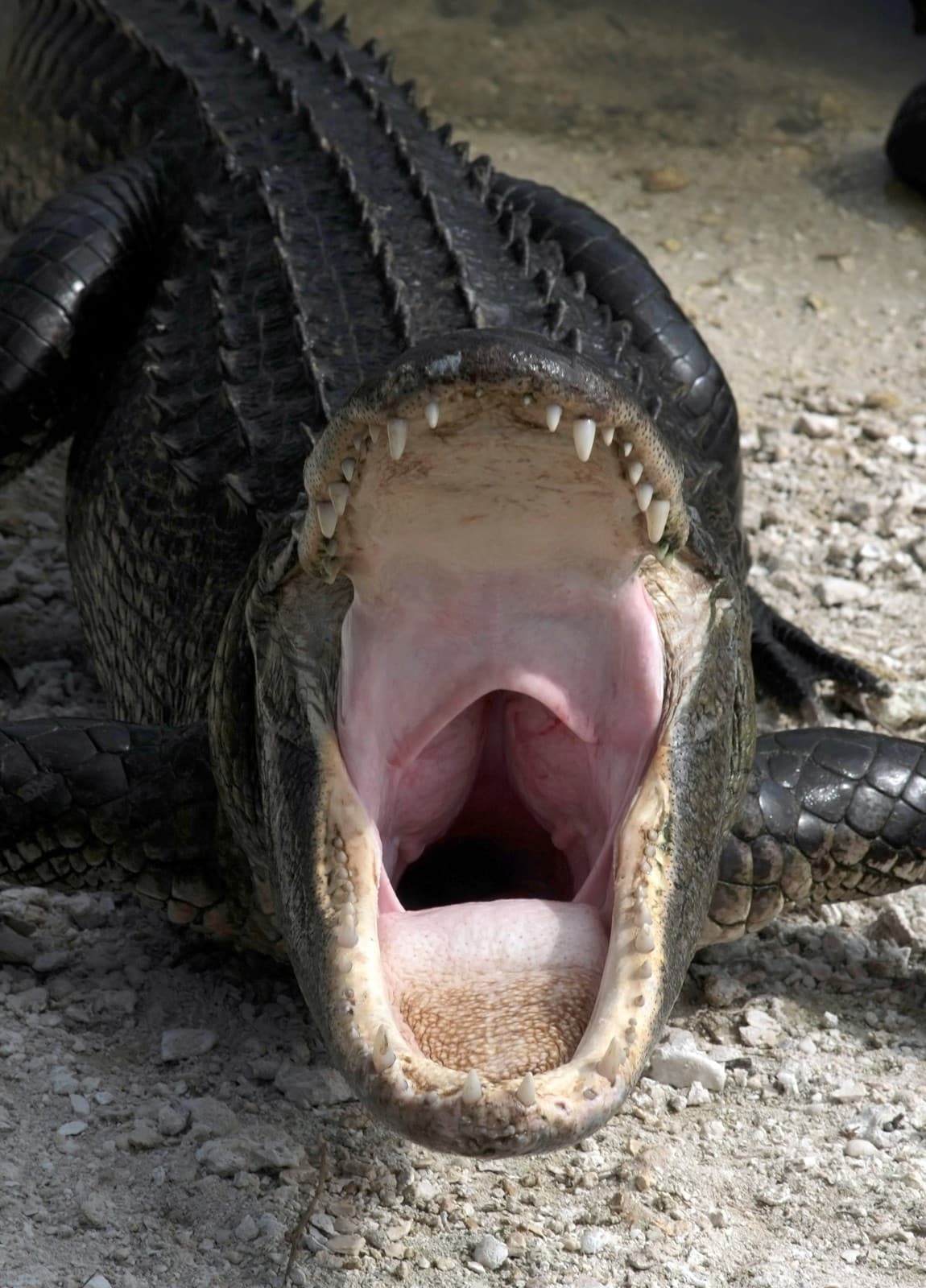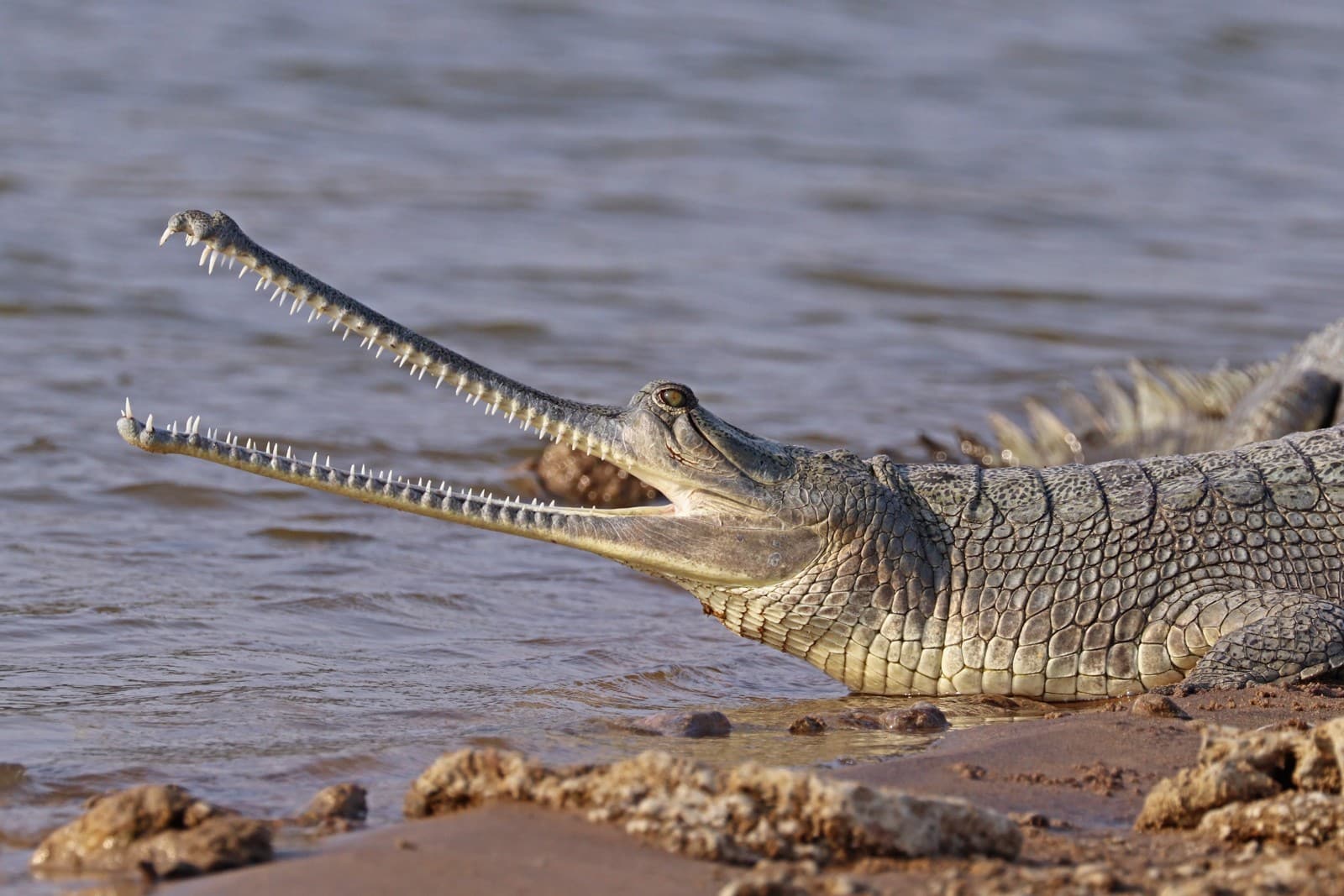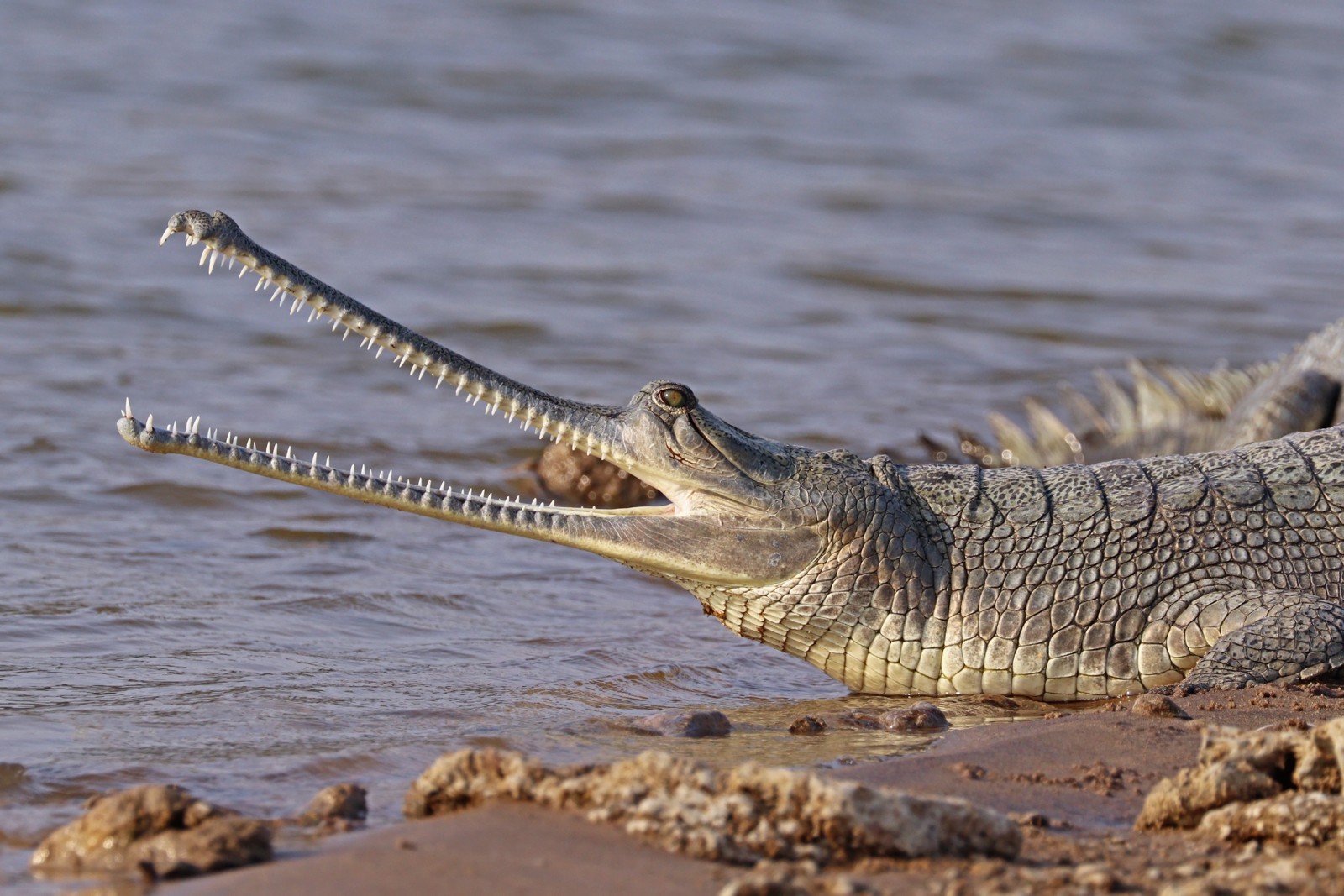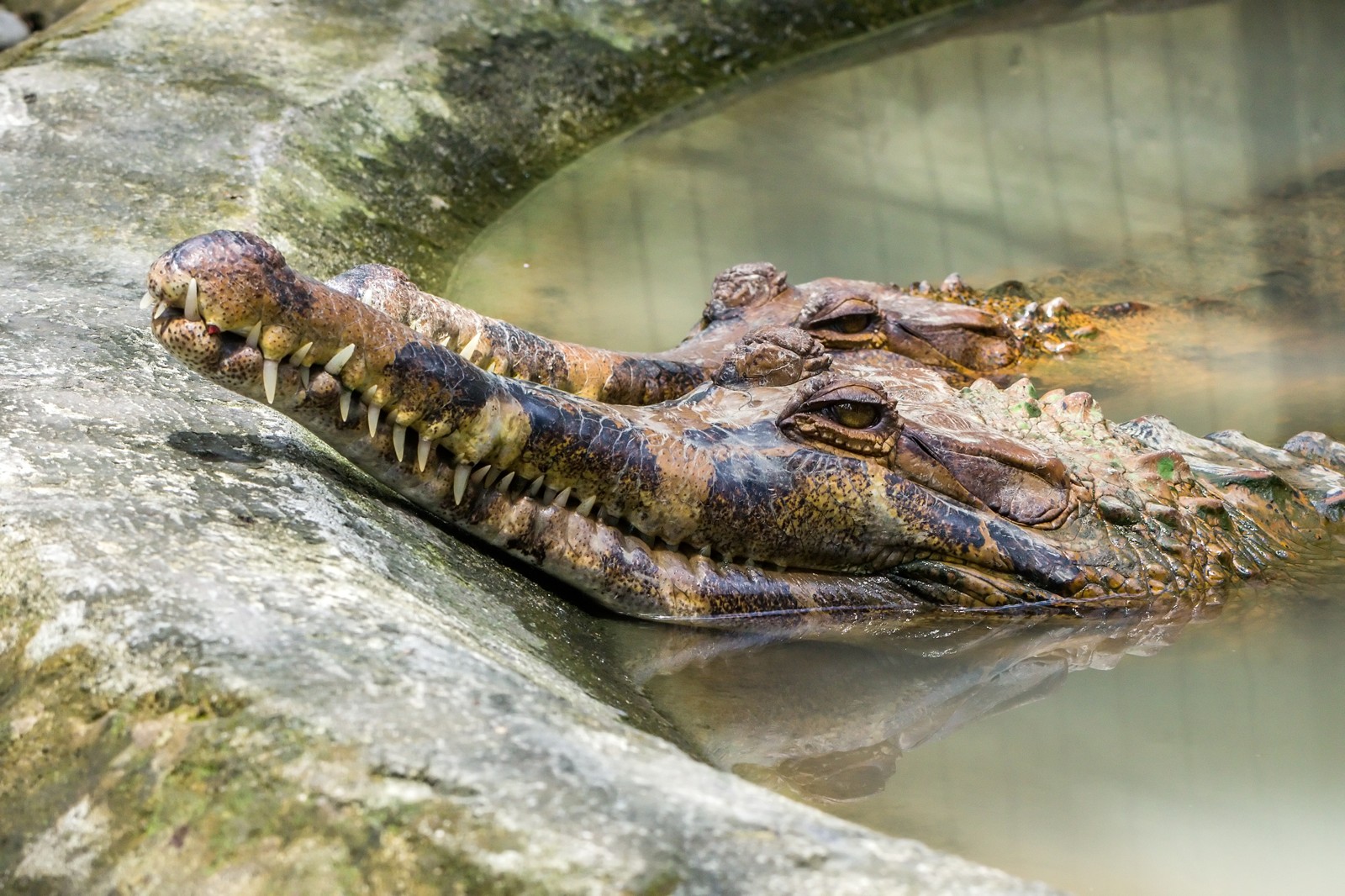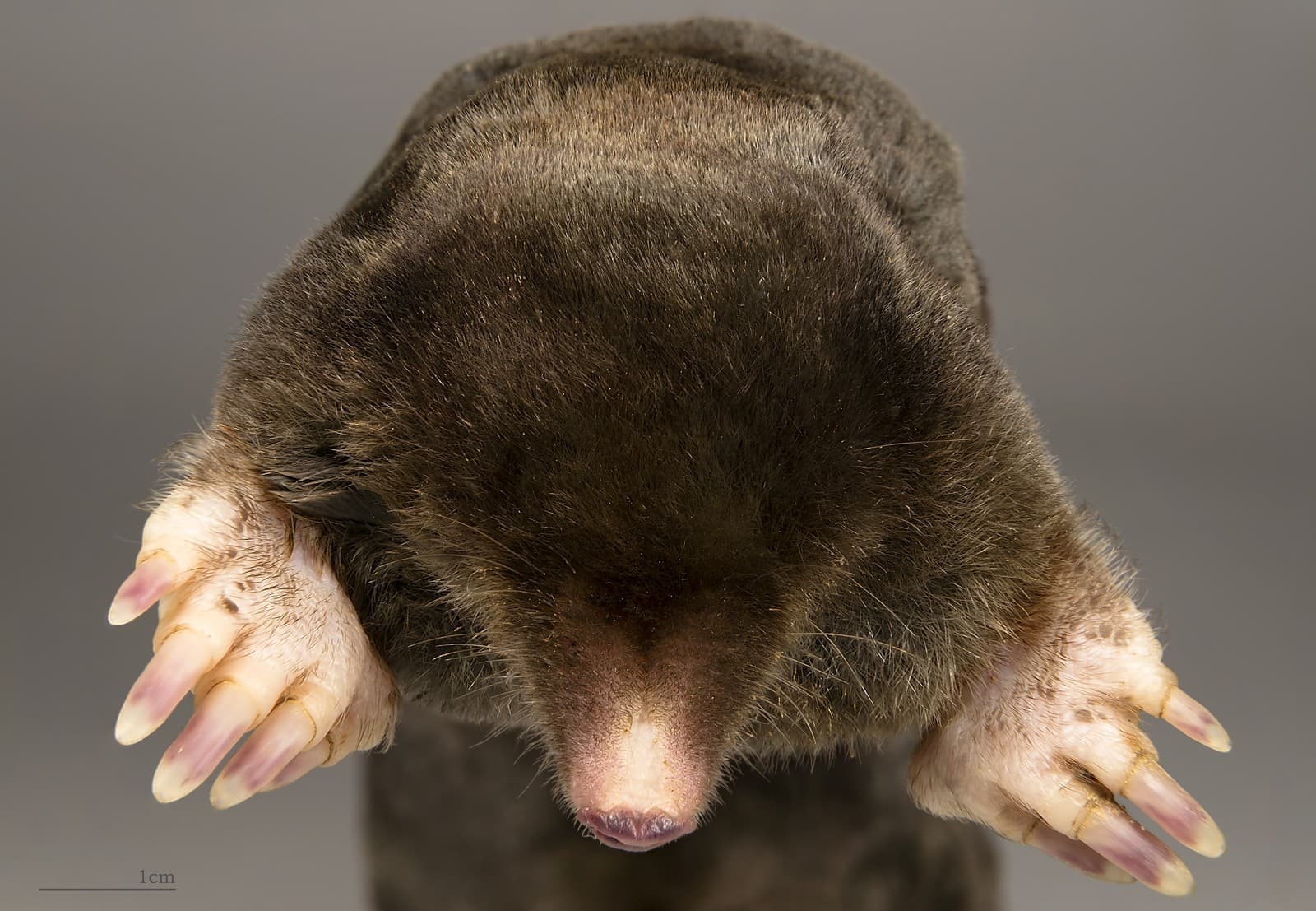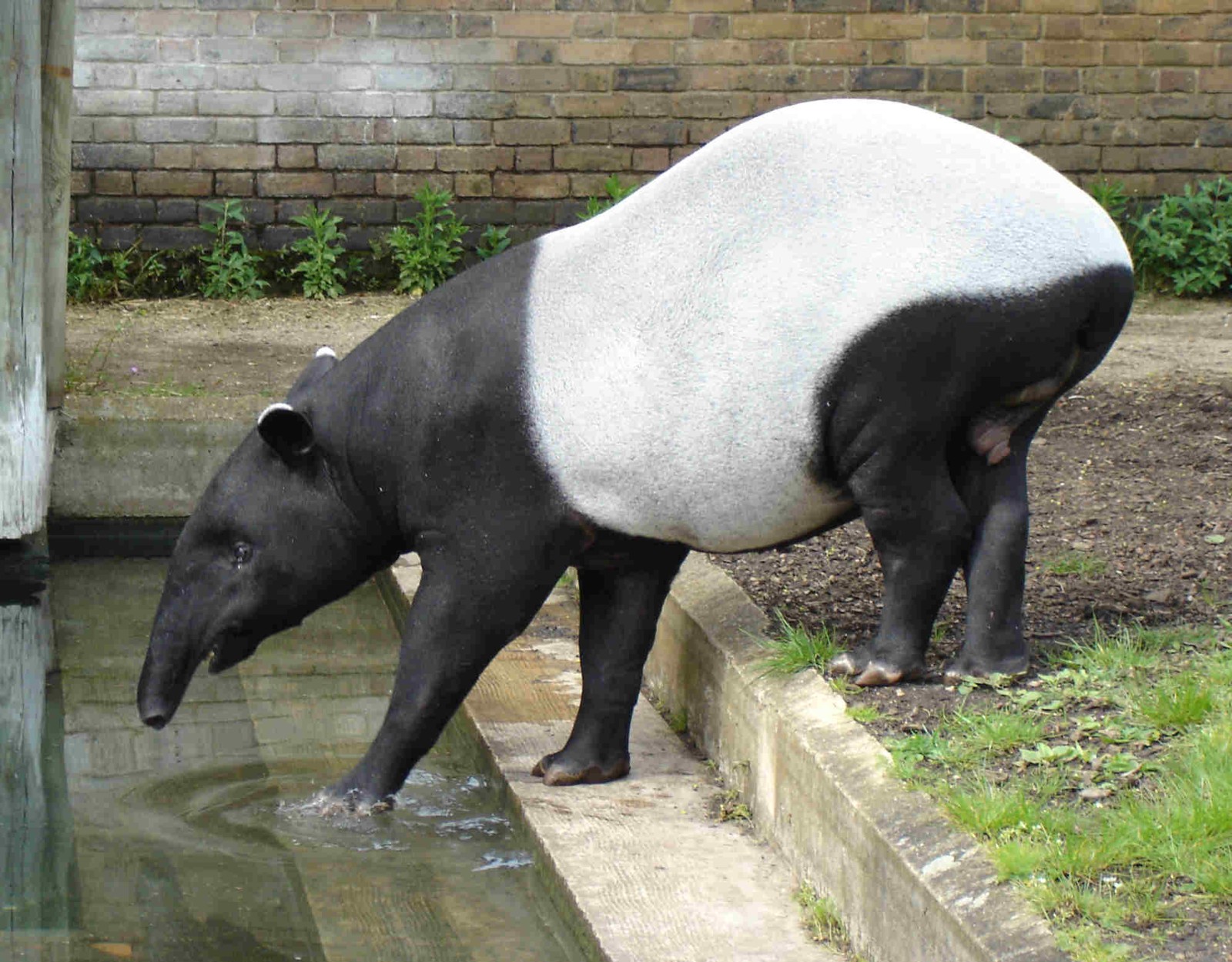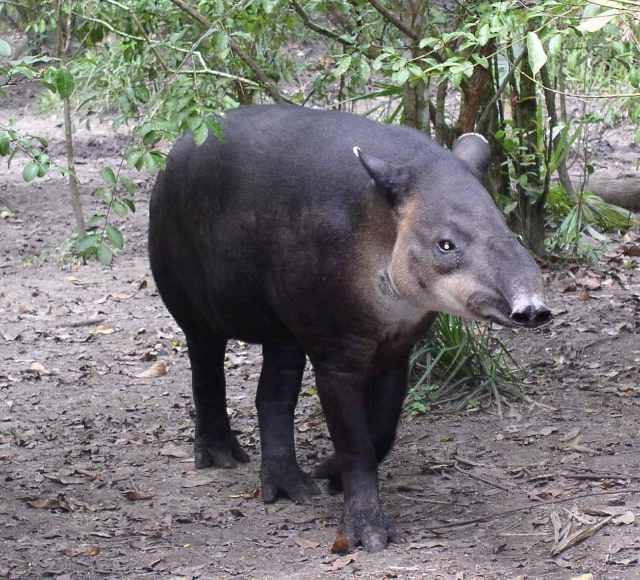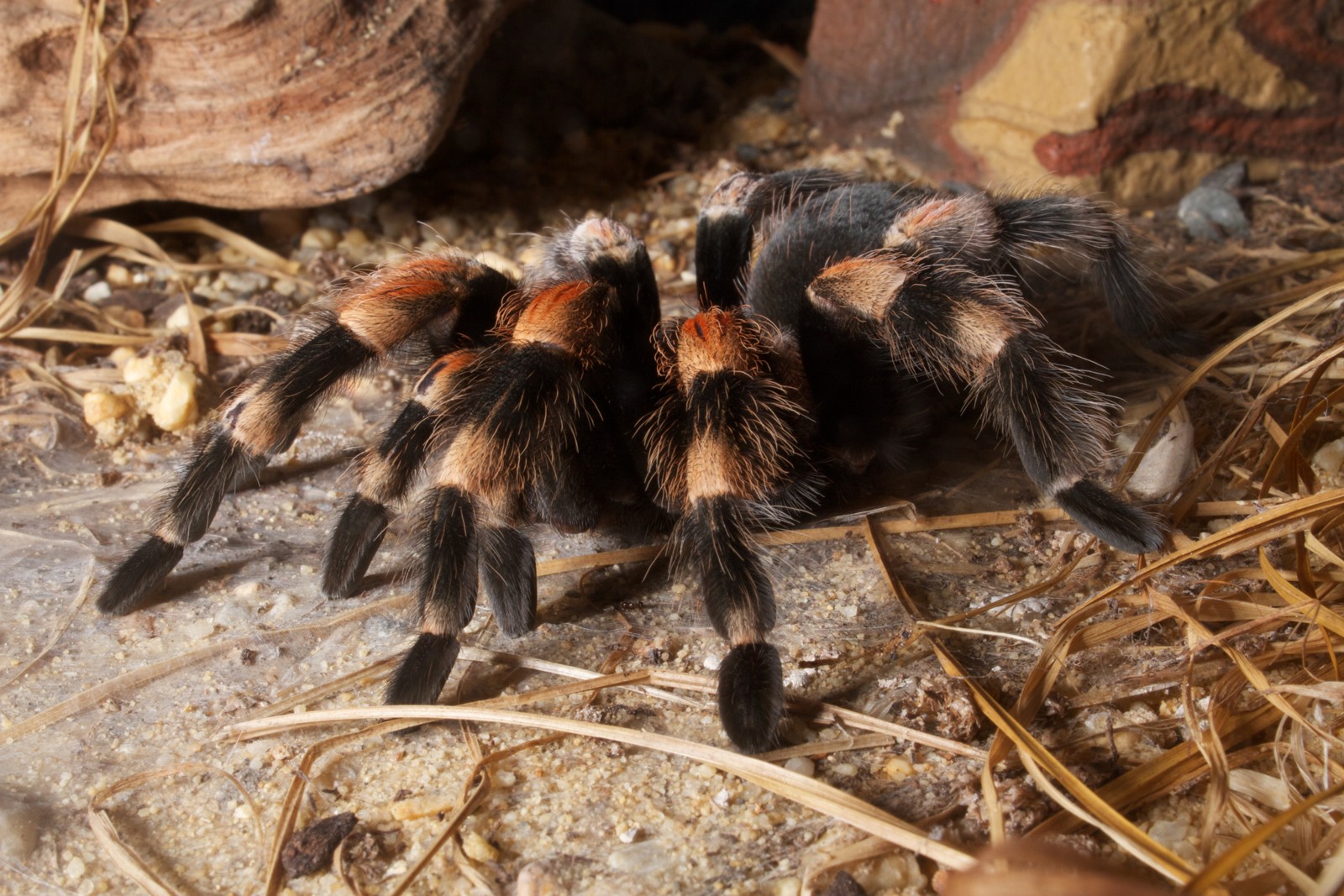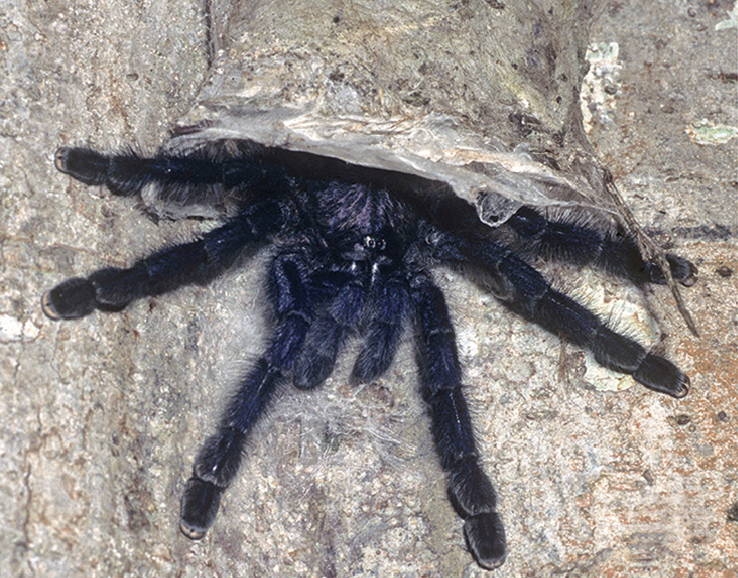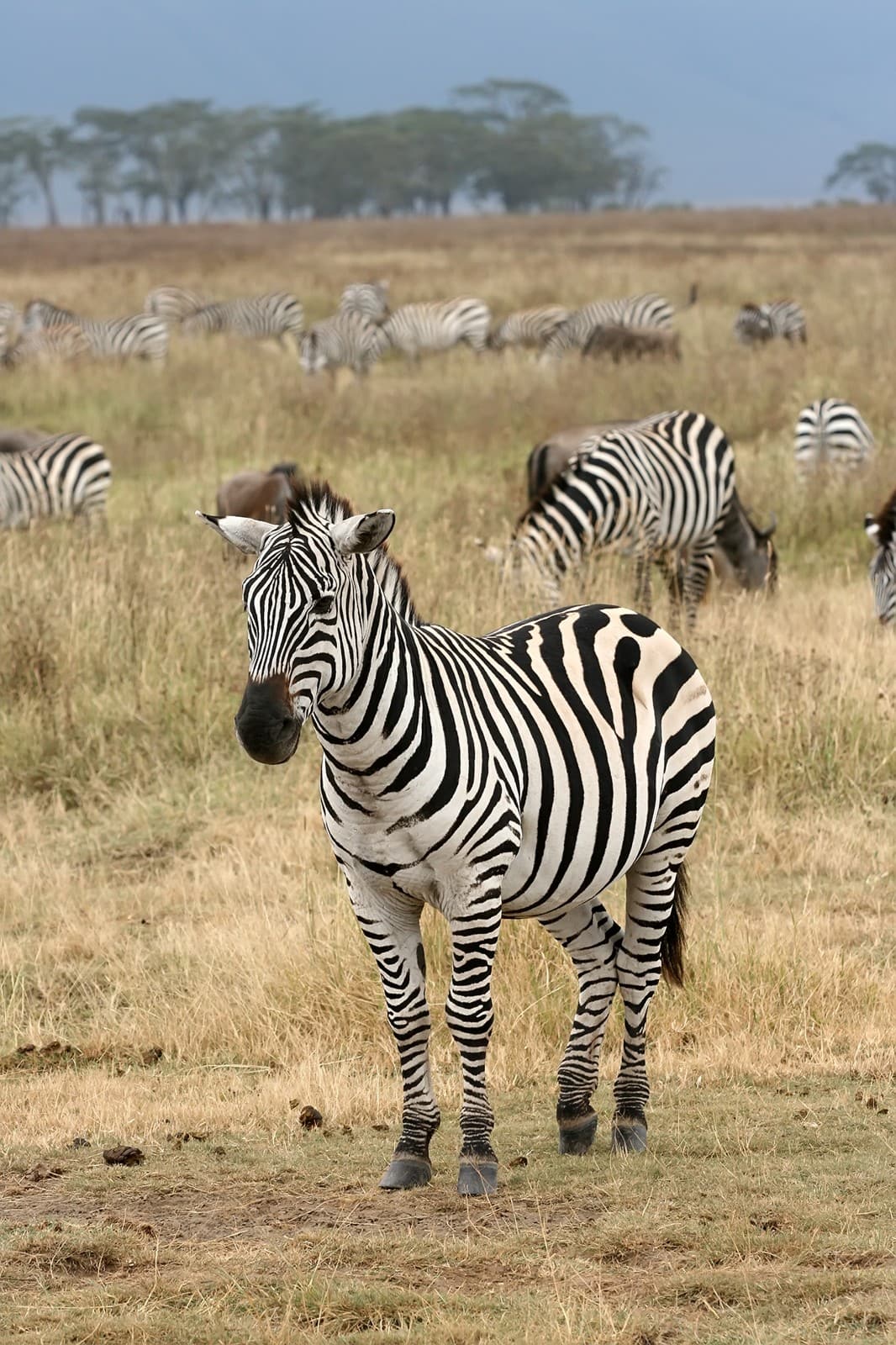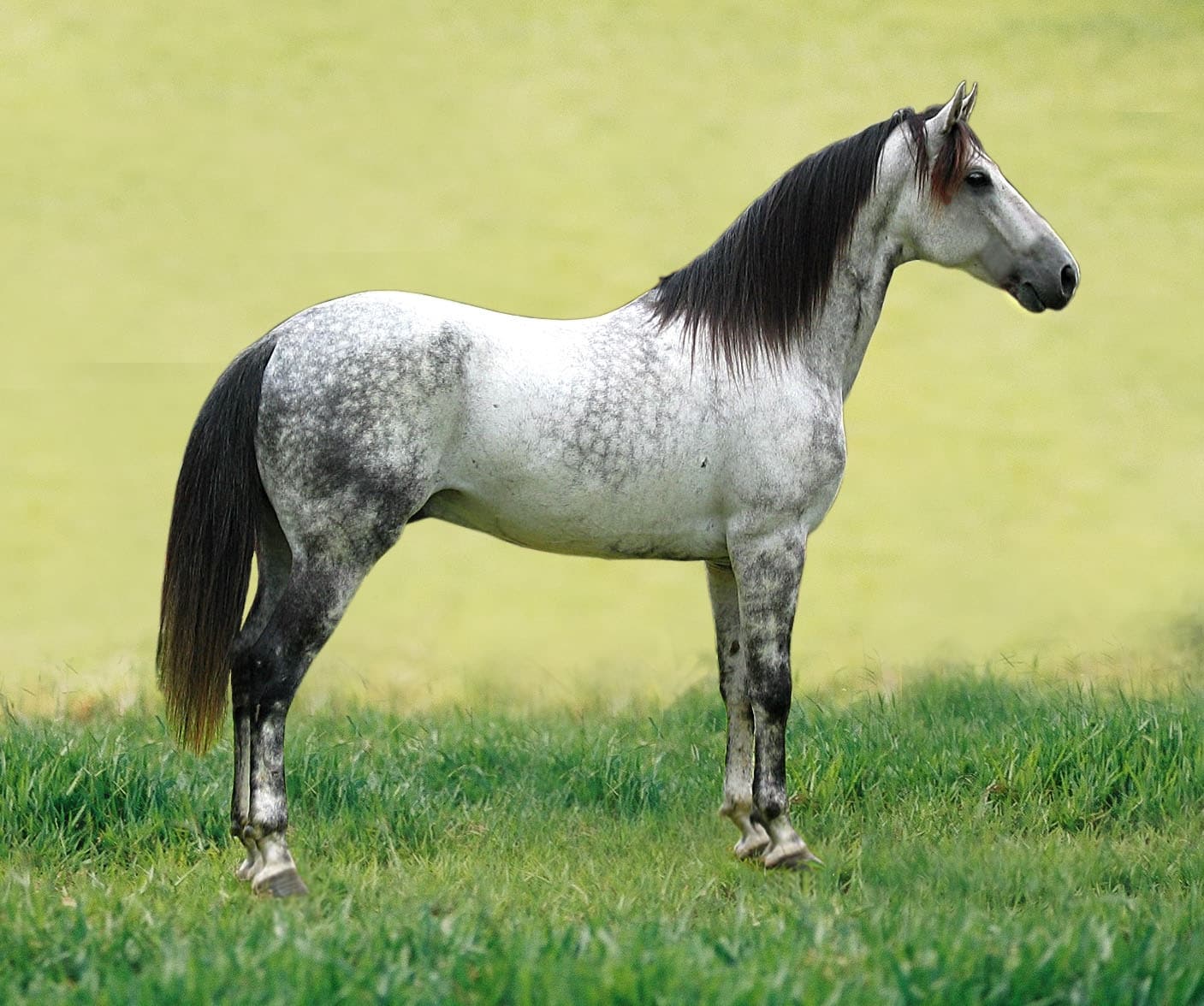Crocodile vs Gharial: A Complete Comparison
When comparing crocodile vs gharial, we encounter two fascinating yet distinctly different members of the crocodilian family. While crocodiles are widespread generalist predators found across tropical regions, gharials are highly specialized fish-hunters restricted to the Indian subcontinent. The most striking difference appears in their snouts – crocodiles possess broad, U-shaped jaws capable of tackling diverse prey, while gharials feature extremely narrow, elongated snouts lined with needle-like teeth perfectly adapted for catching fish.
These ancient reptiles diverged millions of years ago, developing unique adaptations that reflect their specialized niches. Crocodiles can reach impressive lengths of 23 feet (7 meters) and weights up to 2,200 pounds (1,000 kg), while gharials typically grow to 15-20 feet (4.5-6 meters) but maintain a much slimmer build, rarely exceeding 350 pounds (160 kg).
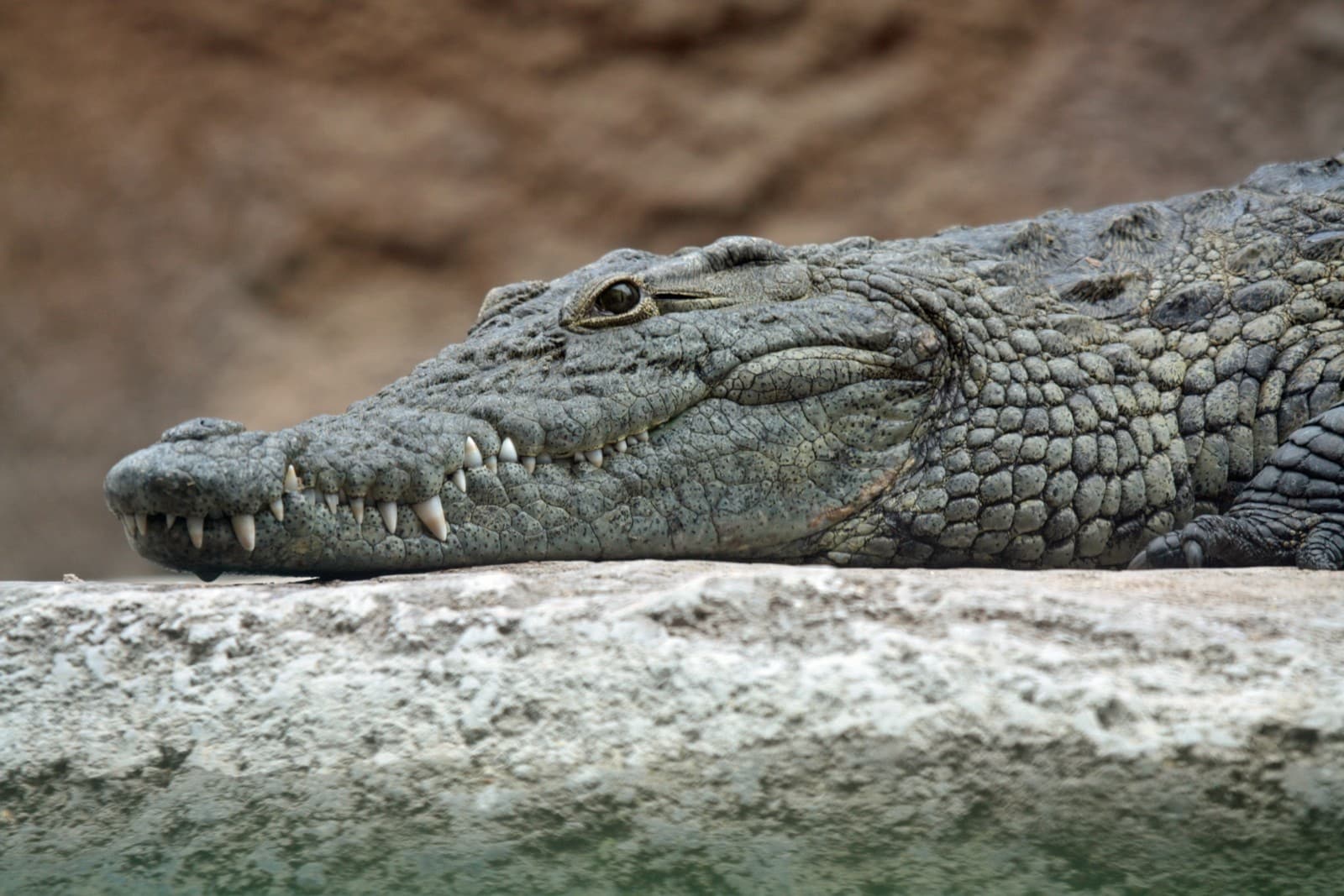
© Leigh Bedford / CC BY 2.0
The powerful build and broad snout of the crocodile exemplifies its role as an opportunistic predator, capable of taking down everything from fish to large mammals.
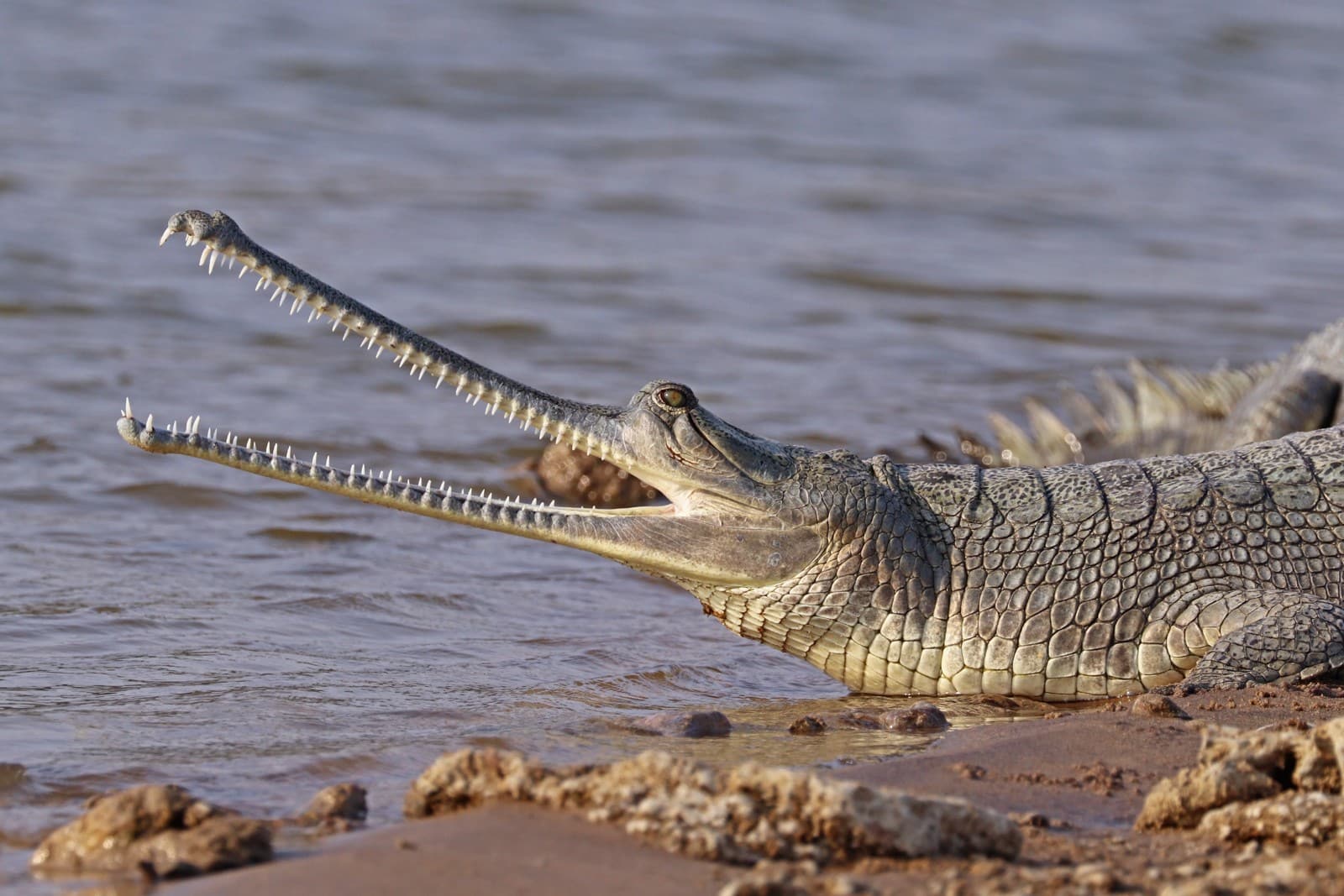
© Charles J. Sharp / CC BY-SA 4.0
The gharial’s distinctive needle-like snout showcases its specialized evolution as a fish-hunting expert, with interlocking teeth perfect for gripping slippery prey.
Key Differences Between Crocodiles and Gharials
| Feature | Crocodile | Gharial |
|---|---|---|
| Snout Shape | Broad, U-shaped | Extremely narrow, elongated |
| Diet | Versatile (mammals, birds, fish) | Almost exclusively fish |
| Size | Up to 23 ft (7 m), 2,200 lbs (1,000 kg) | Up to 20 ft (6 m), 350 lbs (160 kg) |
| Habitat | Rivers, lakes, saltwater | Deep, fast-flowing rivers only |
| Distribution | Worldwide tropical regions | Indian subcontinent |
| Conservation Status | Varies by species | Critically endangered |
Habitat and Distribution
Crocodiles demonstrate remarkable adaptability, thriving in diverse aquatic environments from freshwater rivers to coastal saltwater regions across Africa, Asia, the Americas, and Australia. In stark contrast, gharials are habitat specialists, requiring deep, fast-flowing rivers with sandy banks for basking and nesting. Their current range is limited to select river systems in India and Nepal, highlighting their vulnerable status.
Hunting and Feeding Behavior
The hunting strategies of these reptiles reflect their physical adaptations. Crocodiles employ ambush tactics, using their powerful jaws to grab and drag prey underwater through their famous “death roll” maneuver. Their varied diet includes fish, birds, mammals, and occasionally humans. Gharials, however, are perfectly adapted fish-hunting specialists. Their slim snouts slice through water with minimal resistance, while their numerous sharp teeth form an effective trap for fish.
Conservation Status and Threats
While many crocodile species maintain stable populations, gharials face a dire situation. Their numbers have plummeted by 98% over the past century, leading to their classification as critically endangered. Primary threats include:
- Habitat loss due to dam construction
- Fishing net entanglement
- Sand mining affecting nesting sites
- River pollution
- Limited genetic diversity in remaining populations
Who Would Win in a Confrontation?
While natural confrontations between crocodiles and gharials are extremely rare due to different habitat preferences, a theoretical matchup heavily favors the crocodile. Several factors support this conclusion:
- Superior bite force (3,700 pounds per square inch vs. 2,000 psi)
- More robust body structure
- Greater weight and strength
- Broader dietary experience with large prey
- More aggressive temperament
However, it’s important to note that gharials actively avoid confrontation, using their superior swimming speed to escape potential threats.
Conservation Efforts and Future Prospects
Conservation initiatives for both species focus on habitat protection and population monitoring. Crocodile conservation has seen numerous successes, with several species recovering from near extinction. Gharial conservation proves more challenging, requiring:
- Strict protection of remaining river habitats
- Captive breeding programs
- Local community engagement
- Reduction of fishing net usage in key areas
- International cooperation for population recovery
Through these efforts, scientists hope to secure the future of these remarkable living fossils that have survived since the age of dinosaurs.
